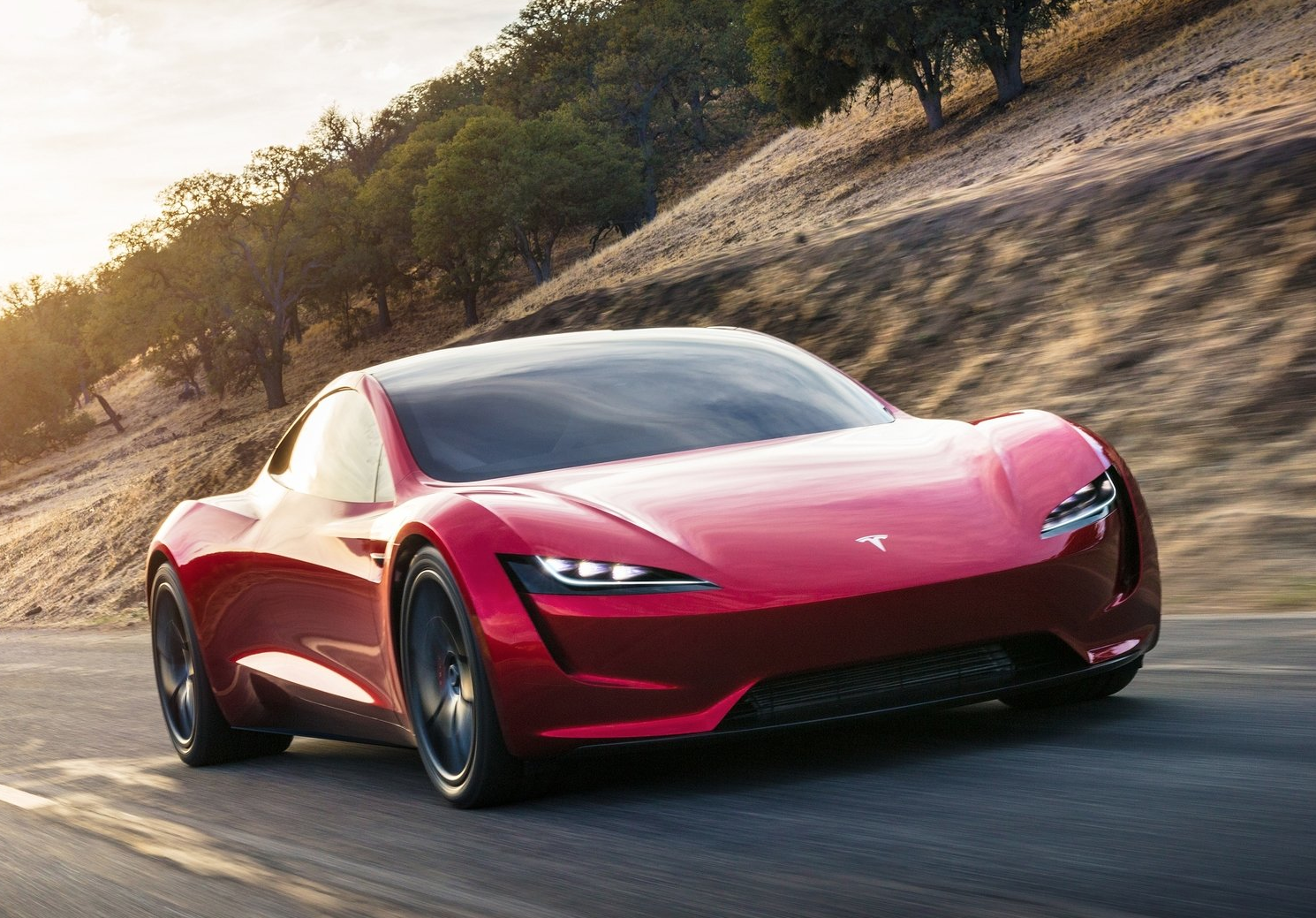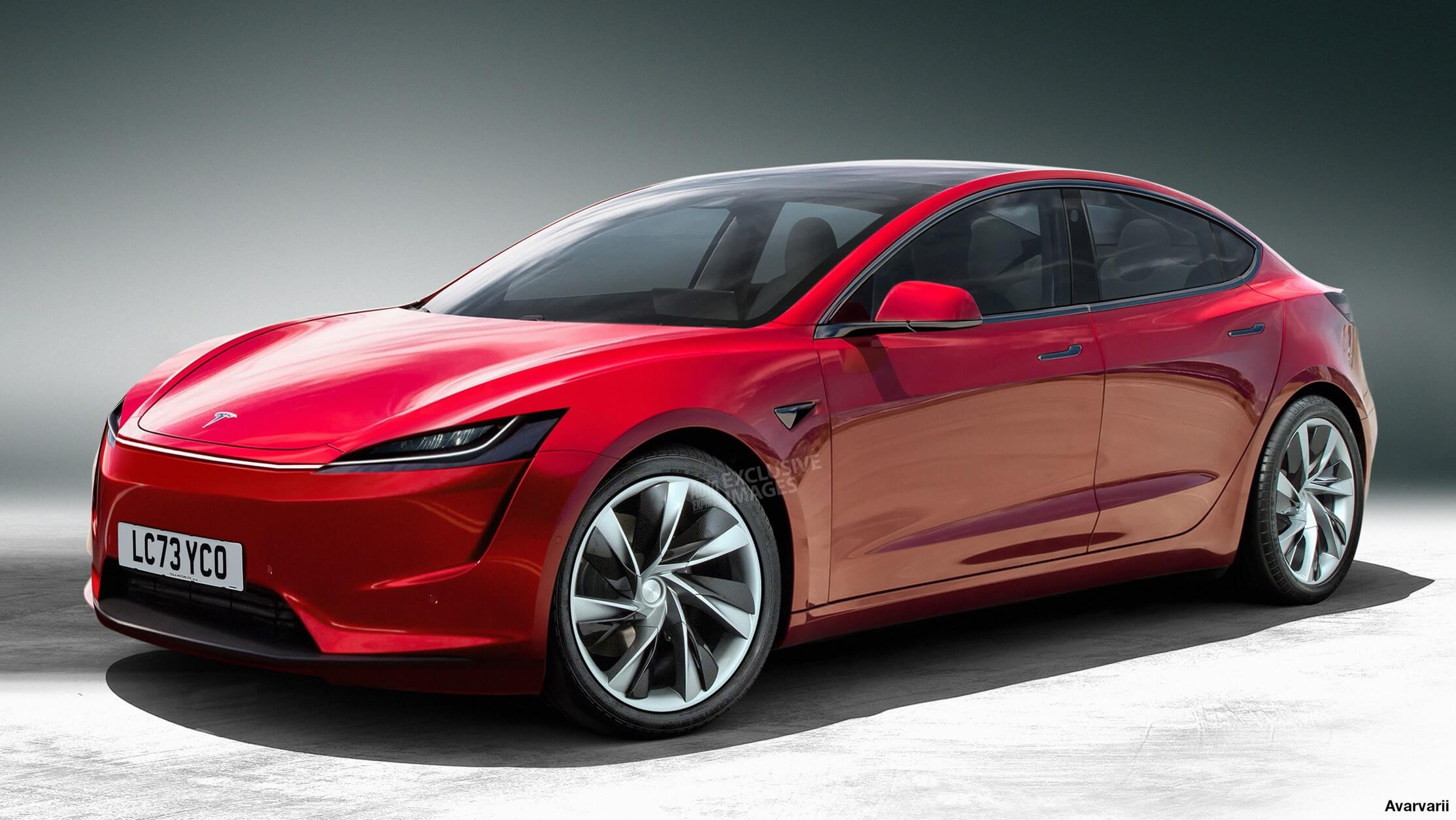
Introduction
With enthusiasm, let’s navigate through the intriguing topic related to Tesla: The Electric Vehicle That’s Playing in the World. Let’s weave interesting information and offer fresh perspectives to the readers.
Table of Content
- 1 Introduction
- 2 The Electrifying Rise of Tesla
- 2.1 Tesla’s Disruptive Innovation: A Paradigm Shift
- 2.1.1 The Autopilot Revolution: Self-Driving Cars and Beyond
- 2.1.1.1 The Supercharger Network: Fueling the Electric Revolution
- 2.1.1.1.1 Tesla’s Global Impact: A Greener Future?
- 3 The Challenges and Controversies
- 3.2 Production Hurdles and Delays
- 3.2.2 Safety Concerns and Autopilot Incidents
- 3.2.2.2 Ethical Considerations of AI in Autonomous Vehicles
- 4 The Future of Tesla and Electric Vehicles
- 4.3 The Expanding Model Lineup
- 4.3.3 The Competition Heats Up
- 4.3.3.3 Tesla’s Role in the Energy Transition
- 5 Investing in Tesla: A Risky but Potentially Rewarding Venture
- 5.4 Analyzing Tesla’s Stock Performance
- 5.4.4 Assessing the Long-Term Potential
- 6 Conclusion
- 7 FAQs
- 8 Closure
Tesla: The Electric Vehicle That’s Playing in the World
The Electrifying Rise of Tesla
Remember when electric cars were synonymous with clunky, underpowered golf carts? Those days are long gone, thanks largely to the disruptive force that is Tesla. Elon Musk’s brainchild has not only revolutionized the automotive industry but has also sparked a global conversation about sustainability, technology, and the future of transportation. From its humble beginnings as a small startup challenging established automakers, Tesla has ascended to become a global powerhouse, a testament to its innovative spirit and relentless pursuit of technological advancement. But its journey hasn’t been without its bumps in the road; we’ll explore the controversies, the triumphs, and the future implications of this electric giant’s impact on the world stage. Think of it as a thrilling rollercoaster ride – filled with exhilarating climbs, stomach-churning drops, and breathtaking views of the landscape ahead. Are you ready to buckle up?
Tesla’s Disruptive Innovation: A Paradigm Shift
Tesla didn’t just build electric cars; it redefined what an electric car could be. Before Tesla, the prevailing image was one of limited range, slow acceleration, and a generally underwhelming driving experience. Tesla shattered these preconceptions with its sleek designs, powerful performance, and cutting-edge technology. The Model S, for instance, wasn’t just an electric car; it was a statement – a symbol of luxury, performance, and environmental consciousness. This wasn’t merely about replacing gasoline with electricity; it was about creating a superior driving experience, one that was both exhilarating and responsible. This disruptive innovation forced established automakers to re-evaluate their strategies, accelerating the shift towards electric vehicles across the industry. It’s like the invention of the iPhone – it didn’t just improve upon existing mobile phones; it created an entirely new category of devices and changed how we interact with technology.
The Autopilot Revolution: Self-Driving Cars and Beyond
Tesla’s foray into autonomous driving technology has been nothing short of audacious. Autopilot, while not fully autonomous, represents a significant leap forward in driver-assistance systems. It uses a complex network of sensors, cameras, and artificial intelligence to navigate roads, maintain lane position, and even change lanes automatically. However, the journey towards fully autonomous driving is fraught with challenges, including ethical considerations, regulatory hurdles, and the inherent complexities of programming a car to make safe decisions in unpredictable real-world scenarios. The debate rages on: is fully autonomous driving even feasible? What are the societal implications of widespread self-driving cars? These are questions that Tesla, and the entire automotive industry, grapple with daily. It’s a race against time, a technological sprint with potentially life-altering consequences.
The Supercharger Network: Fueling the Electric Revolution
Tesla’s strategically placed Supercharger network has been instrumental in overcoming one of the major hurdles to widespread electric vehicle adoption: range anxiety. These high-powered charging stations allow Tesla owners to quickly replenish their batteries, making long-distance travel a viable option. This infrastructure investment has not only benefited Tesla owners but has also played a crucial role in shaping the overall electric vehicle landscape. It’s a prime example of how a company can create its own ecosystem, fostering loyalty and driving adoption. The Supercharger network isn’t just about charging cars; it’s about building a community, creating a seamless and convenient driving experience, and accelerating the transition to sustainable transportation. Think of it as the equivalent of a well-established gas station network, but for the electric age.
Tesla’s Global Impact: A Greener Future?
Tesla’s influence extends far beyond the automotive industry. Its commitment to sustainable energy, exemplified by its solar panel and energy storage solutions, positions it as a leader in the fight against climate change. The company’s impact on the global energy landscape is undeniable. By demonstrating the viability of electric vehicles and promoting renewable energy sources, Tesla has inspired countless others to join the movement towards a greener future. However, the environmental impact of Tesla’s manufacturing processes and the sourcing of battery materials remains a subject of debate and scrutiny. The path to a truly sustainable future is paved with complexities and challenges, demanding a holistic and nuanced approach.
The Challenges and Controversies
Production Hurdles and Delays
Tesla’s rapid growth has not been without its challenges. The company has faced significant production hurdles and delays, leading to missed targets and frustrated customers. These setbacks highlight the inherent difficulties of scaling up manufacturing operations rapidly while maintaining quality control. This isn’t unique to Tesla; many rapidly expanding companies face similar challenges. However, the intense scrutiny Tesla receives as a publicly traded company and industry leader magnifies these issues, making them a focal point of public discourse. The lessons learned from these experiences can be invaluable for other companies navigating the complexities of rapid expansion.
Safety Concerns and Autopilot Incidents
Tesla’s Autopilot system, while innovative, has also been involved in several accidents, raising concerns about the safety of autonomous driving technology. These incidents have sparked intense debate about the limitations of current technology, the role of human oversight, and the need for robust safety regulations. The complexity of autonomous driving requires a cautious and measured approach, balancing innovation with safety. It’s a delicate balancing act, one that requires continuous improvement and rigorous testing to ensure the safety of drivers and passengers.

Ethical Considerations of AI in Autonomous Vehicles
The use of artificial intelligence in autonomous vehicles raises a host of ethical dilemmas. How should self-driving cars make decisions in unavoidable accident scenarios? Who is responsible when an accident occurs? These are complex questions with no easy answers. They demand careful consideration from ethicists, policymakers, and engineers alike. The development and deployment of autonomous driving technology requires a proactive approach to addressing these ethical concerns, ensuring that these powerful technologies are used responsibly and ethically.
The Future of Tesla and Electric Vehicles
The Expanding Model Lineup
Tesla’s future plans include an expanding model lineup, catering to a wider range of consumers and markets. From affordable models to luxury vehicles, Tesla aims to establish a presence across various segments of the automotive market. This expansion will further solidify Tesla’s position as a major player in the electric vehicle revolution, driving innovation and competition within the industry. The success of this strategy will depend on Tesla’s ability to maintain its reputation for quality and innovation while balancing affordability and accessibility.
The Competition Heats Up
Tesla is no longer alone in the electric vehicle market. Established automakers are investing heavily in electric vehicle technology, posing a significant challenge to Tesla’s dominance. This increased competition is driving innovation and pushing the boundaries of electric vehicle technology. It’s a healthy development for the industry as a whole, ultimately benefiting consumers with more choices, better technology, and more competitive pricing. The race for electric vehicle supremacy is on, and the competition is fierce.
Tesla’s Role in the Energy Transition
Tesla’s contribution to the global energy transition extends beyond electric vehicles. Its energy storage solutions and solar panel technology play a critical role in the shift towards renewable energy sources. This integrated approach, combining electric vehicles with renewable energy generation and storage, positions Tesla as a key player in shaping a sustainable energy future. The company’s success in this arena will depend on its ability to scale its energy solutions and integrate them seamlessly into the broader energy infrastructure.
Investing in Tesla: A Risky but Potentially Rewarding Venture
Analyzing Tesla’s Stock Performance
Tesla’s stock performance has been volatile, reflecting the company’s ambitious goals and the inherent risks associated with investing in a rapidly growing technology company. Investors need to carefully weigh the potential rewards against the significant risks involved. A thorough understanding of the company’s financial performance, industry trends, and competitive landscape is crucial before making any investment decisions. It’s not just about the hype; it’s about conducting sound due diligence and understanding the potential pitfalls.

Assessing the Long-Term Potential
The long-term potential of Tesla depends on several factors, including its ability to maintain its technological leadership, successfully scale its manufacturing operations, and navigate the evolving regulatory landscape. The company’s commitment to innovation and its strong brand recognition provide a solid foundation for future growth. However, the competitive landscape is dynamic, and unforeseen challenges could impact the company’s long-term prospects. Investing in Tesla requires a long-term perspective and an understanding of the inherent risks involved.
Conclusion
Tesla’s journey is a compelling narrative of innovation, disruption, and ambition. From its humble beginnings as a startup challenging the established automotive order to its current position as a global leader in electric vehicles, Tesla has undeniably changed the game. Its impact extends far beyond the automotive industry, shaping the conversation about sustainability, technology, and the future of transportation. However, the road ahead is not without its challenges. The company faces intense competition, regulatory hurdles, and ethical considerations related to autonomous driving technology. Navigating these complexities will be crucial to Tesla’s continued success and its ability to fulfill its ambitious goals.
The future of Tesla, and indeed the future of the electric vehicle industry, remains unwritten. The coming years will be pivotal in determining whether Tesla can maintain its leadership position, overcome its challenges, and continue to drive the transition towards a more sustainable and technologically advanced transportation system. The story is far from over; it’s an ongoing saga of innovation, disruption, and the relentless pursuit of a greener future. The next chapter awaits, and it promises to be just as exciting, if not more so, than the chapters that came before.
FAQs
- Is Tesla truly environmentally friendly? While Tesla vehicles produce zero tailpipe emissions, the environmental impact of battery production and mining needs further consideration. The overall carbon footprint is still a subject of ongoing research and debate.
- How safe is Tesla’s Autopilot system? Autopilot is a driver-assistance system, not a fully autonomous system. While it offers advanced features, drivers must remain vigilant and retain control of the vehicle at all times. Accidents have occurred, highlighting the limitations of current technology.
- What is Tesla’s long-term growth potential? Tesla’s long-term growth potential is significant, but it depends on several factors, including technological innovation, successful scaling of production, and navigating the competitive landscape. It’s a high-risk, high-reward investment.
- How does Tesla’s Supercharger network compare to other charging networks? Tesla’s Supercharger network is generally considered superior in terms of speed, convenience, and reliability compared to many other public charging networks. However, other networks are rapidly improving.
- What are the ethical concerns surrounding Tesla’s AI? The ethical implications of AI in autonomous driving, particularly concerning decision-making in unavoidable accident scenarios, are significant and require careful consideration by policymakers and engineers.
Closure
In conclusion, we hope this article has provided valuable insights into Tesla: The Electric Vehicle That’s Playing in the World. We hope you find this article informative and beneficial. See you in our next article!